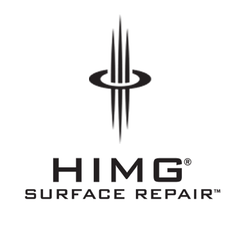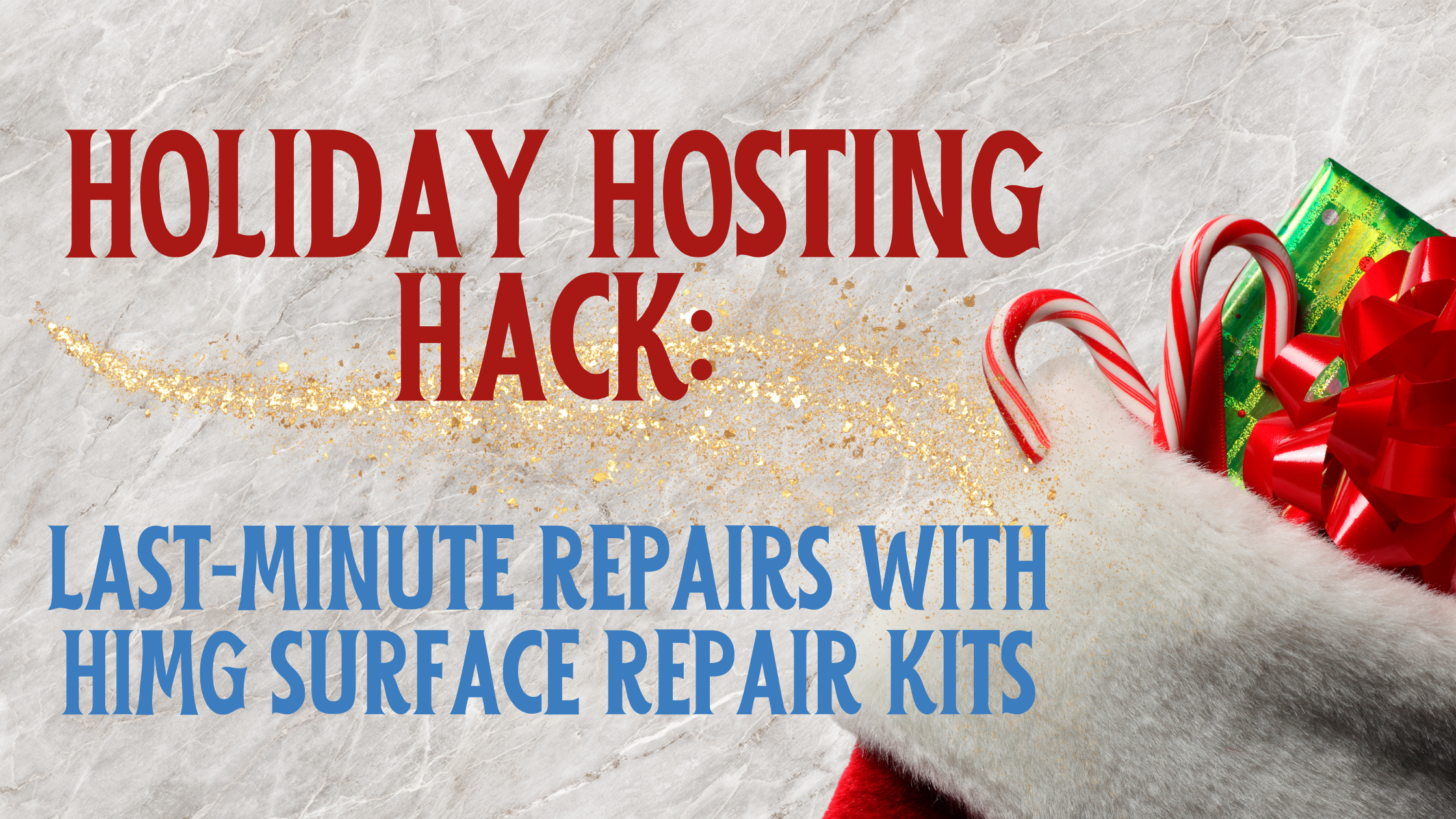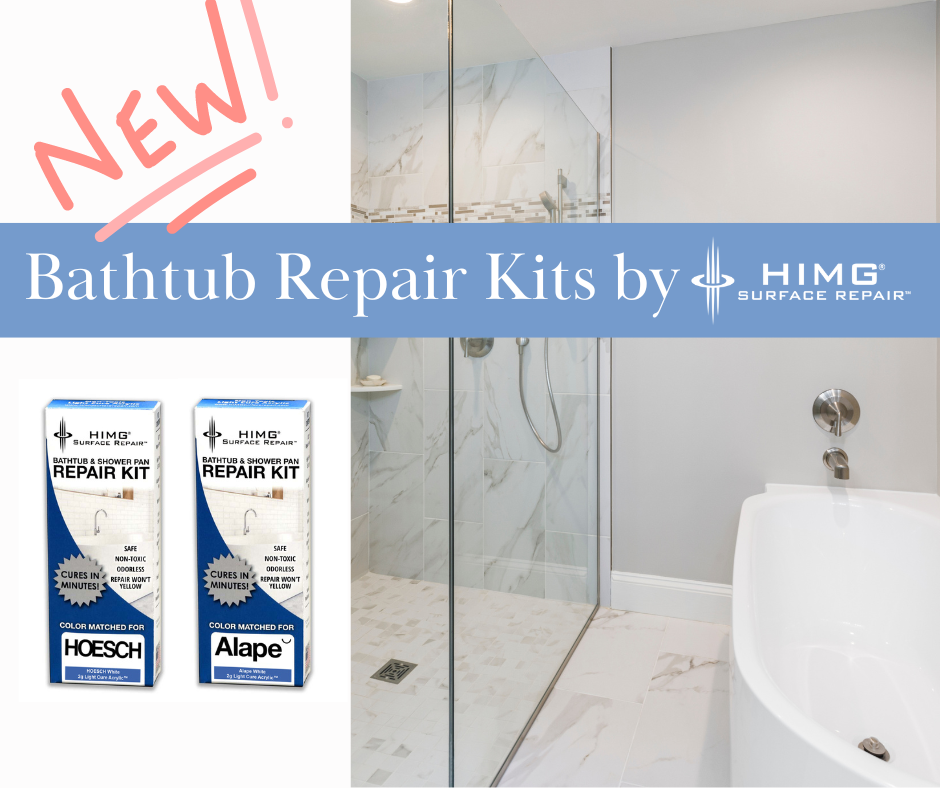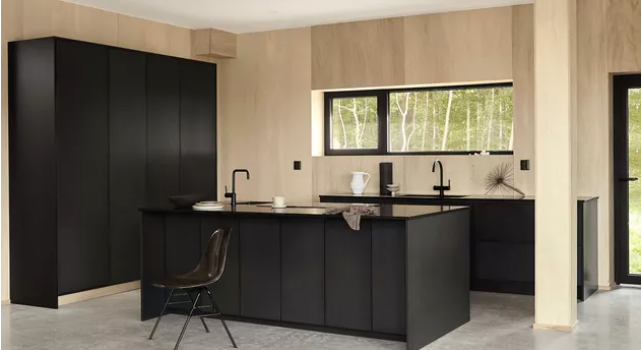Does anyone use Formica countertops anymore?
In the late '50s Formica was actually considered a luxury item. By the ‘70s consumers no longer wanted a synthetic material. But today's laminates are of considerably better quality than the classic Formica countertops of previous decades.... So YES, Formica is coming back into style.
Laminate is a man-made material used for kitchen and bathroom counters, tables and shelves. While they still may not have the prestige of quartz, natural stone, or composite materials, these latest high-pressure laminates (HPLs) are by no means inferior countertop materials. Formica counters are affordable and the main reason homeowners still prefer them is for their price and durability.
With standard use formica countertops will last about 15 years. After that, they may show significant wear and fading.
Formica as well as other natural stones can develop cracks over time, resulting in an unsightly and unsafe surface.
Some of the things you should take into consideration though are:
- you can't put extremely hot pots and pans directly on Formica countertops
- the surfaces will sometimes stain
- they are much tougher than natural material
We all want to have beautiful countertops, no matter what the material of the surface is, so any small chips and gouges can be repaired relatively easily with Light Cure Acrylic, LCA™ surface repair kits.
LCA™ kits are very easy to use, non-toxic and a non-epoxy DIY solution.
Using Light cure acrylic kits to repair damages, and refinishing your laminate countertops, you can have a countertop that looks brand new. All without paying a fortune to hire a professional.
You simply follow the step by step detailed instructions you will find inside the pack and we can guarantee the results.
Step 1 Prepare the surface
Step 2 Apply Light Cure Acrylic
Step 3 Add Curing Strip
Step 4 Cure with LED light
Step 5 Remove curing strip
Step 6. Sand
Step 7 Polish
1. Prepare the laminated surface Clean the defect and around the area so that it is free from dust and dirt. Make sure it is completely dry before proceeding to step 2.
2. Apply Light Cure Acrylic Light Cure Acrylic is an effective repair material for nicks, gouges, chips, and small holes in fiberglass, acrylics, marble, porcelain, corian, travertine, laminated and other natural stone surfaces.
Place an applicator tip on the Light Cure Acrylic™ syringe and apply a small amount of repair acrylic in the defect. For best results, DO NOT OVERFILL. A perfectly filled and cured repair will not require sanding or polishing. We suggest that you make repairs in small sections, no larger than 1/4” or 6mm. Deeper damages will require curing in layers. Additional colors of Light Cure Acrylic™ repair material can be purchased for color blending applications.
3. Add Curing Strip Place a curing strip on top of the uncured Light Cure Acrylic. Using a small wooden stick, gently touch the top of the curing strip to help push the repair material into the damage. If your damage is larger than a curing strip, you can use clear packing tape, folded sticky side to sticky side. Packing tape is also helpful when repairing an edge, used as a retaining wall to hold the repair material in place.
4. Cure with LED light Focus the blue light just above the curing strip. The Light Cure Acrylic will not cure on its own. Exposure duration will depend on the size of the damage in the granite, but it is safe to start with 5-7 minutes. Before removing the curing strip, use the wooden stick to test for hardness. Additional LED exposure may be needed, especially for larger damages. We recommend focusing the LED light in different sections of the damage.
5. Remove the Curing Strip Remove the curing strip and verify for a complete cure. If the repair remains tacky after additional LED exposure, you may use rubbing alcohol to gently wipe the repaired surface.
6. Sand Use yellow 220 grit sandpaper to remove any over filled material. Rub in gentle circles. For increased shine, use grey 2000 grit wet sanding paper with a dab of water. Be extremely careful when sanding softer surfaces as hazing or scratching may occur if you are too aggressive. For best results, sand the repaired area to make it level with the surrounding formica.
7. Polish Gently apply a few drops of polishing paste to the repaired area to wipe away dust while polishing the repaired formica for maximum shine.
To further protect your formica, there are some products you should not use on Formica countertops such as:
• Abrasive pads like scouring powders, steel wool, and sandpaper.
• Abrasive cleaners like scouring powders, Ajax®, Comet® or Magic Erasers.
Give your Formica countertops the LOOK THEY DESERVE





